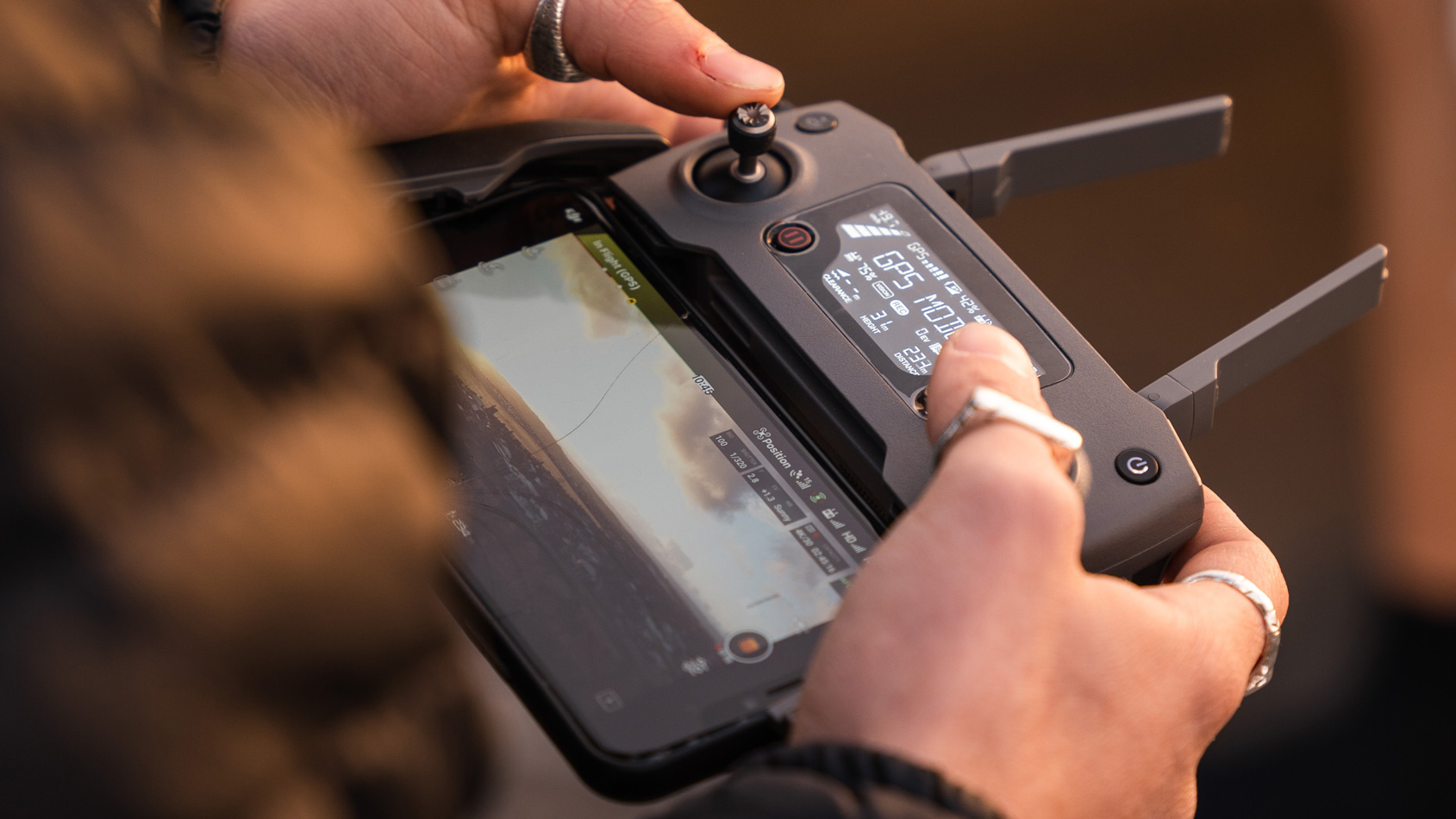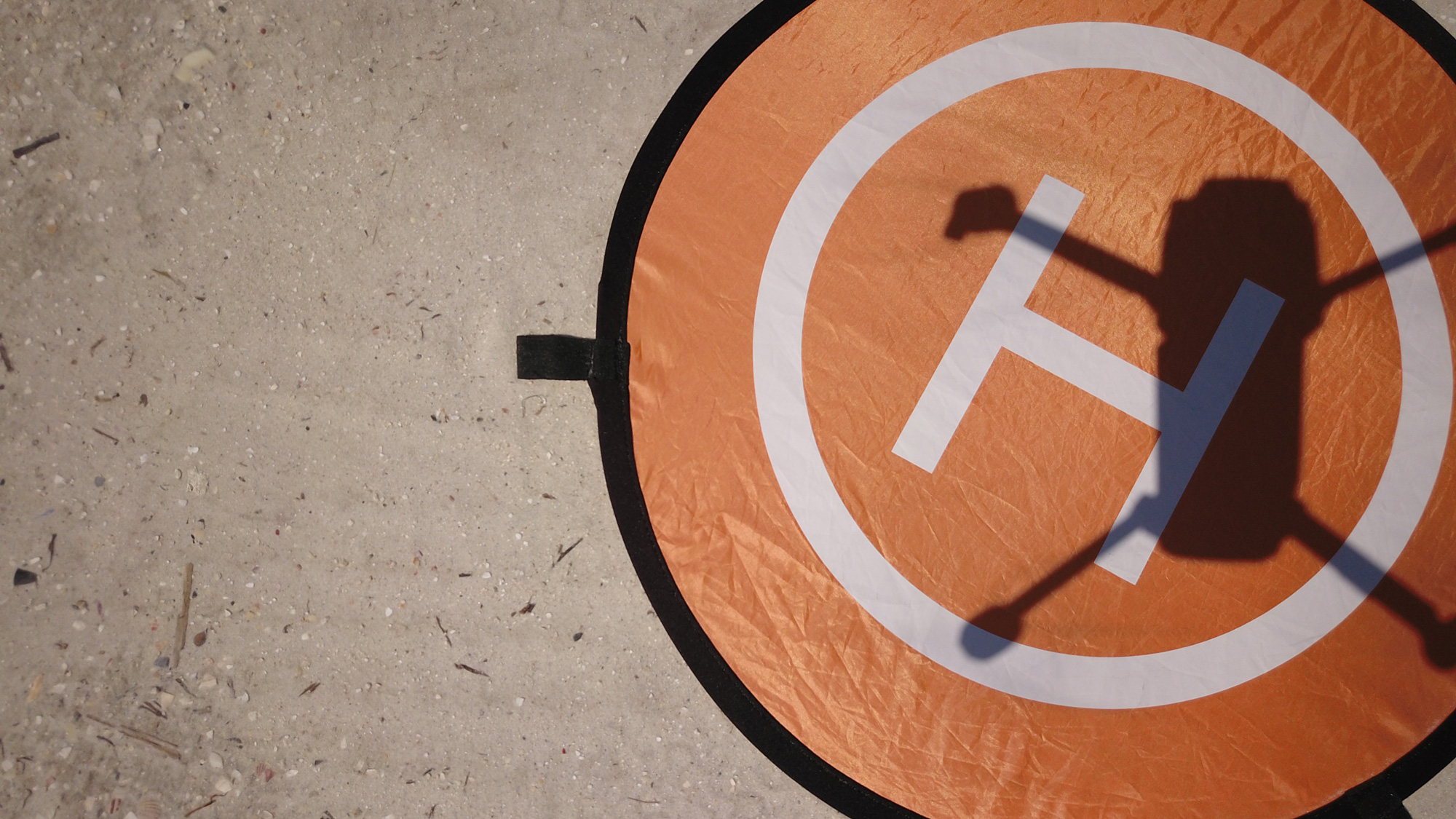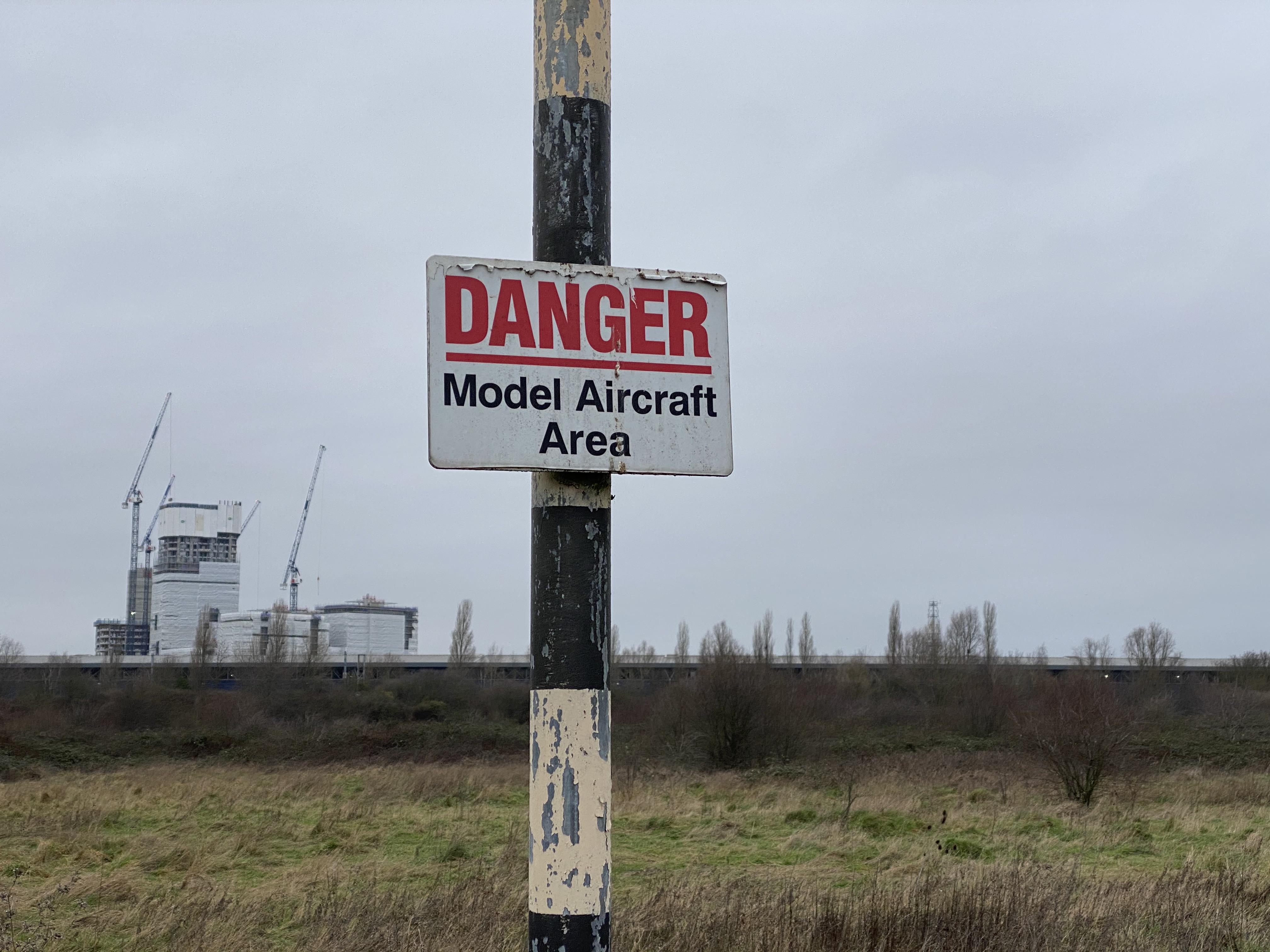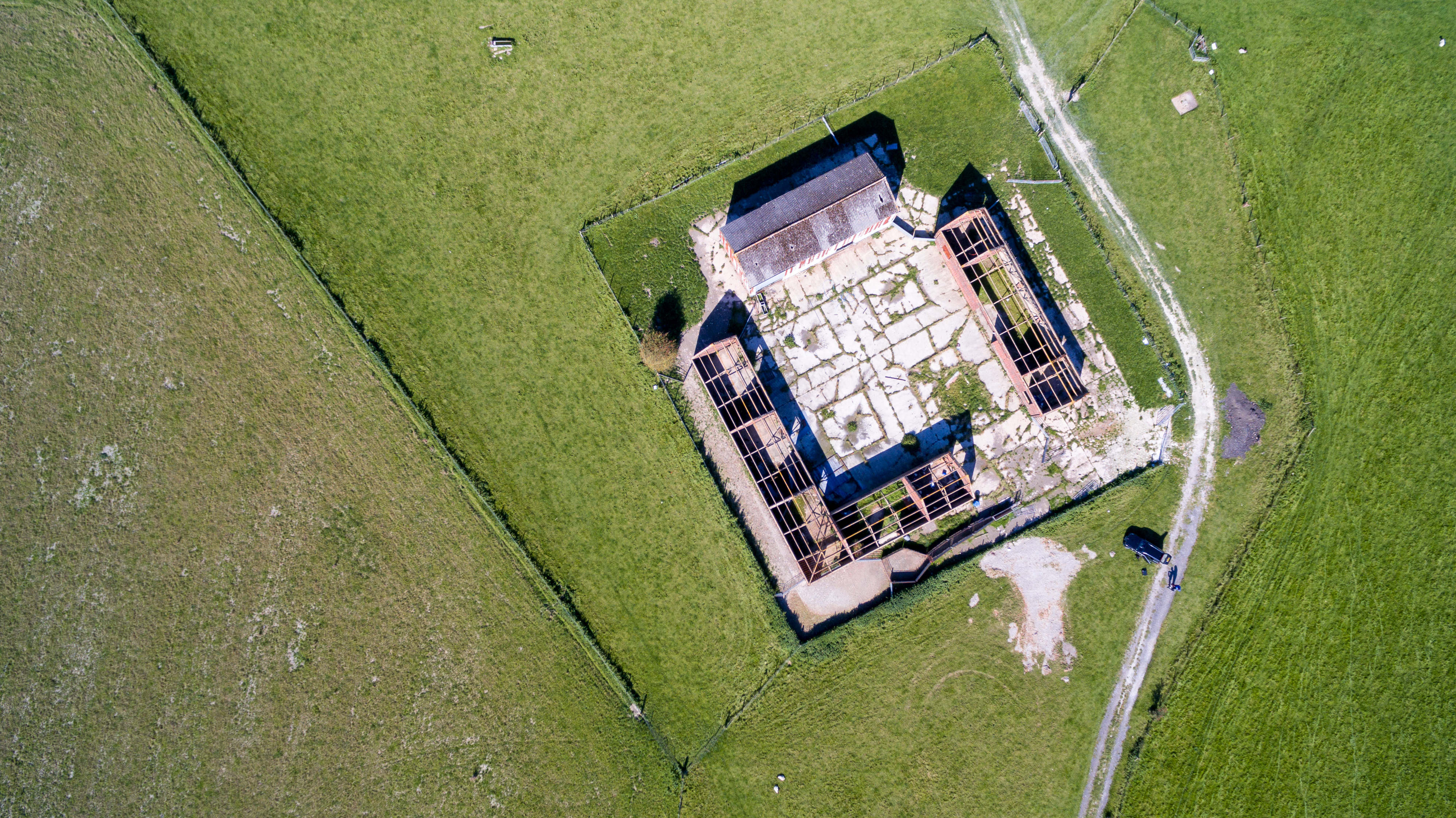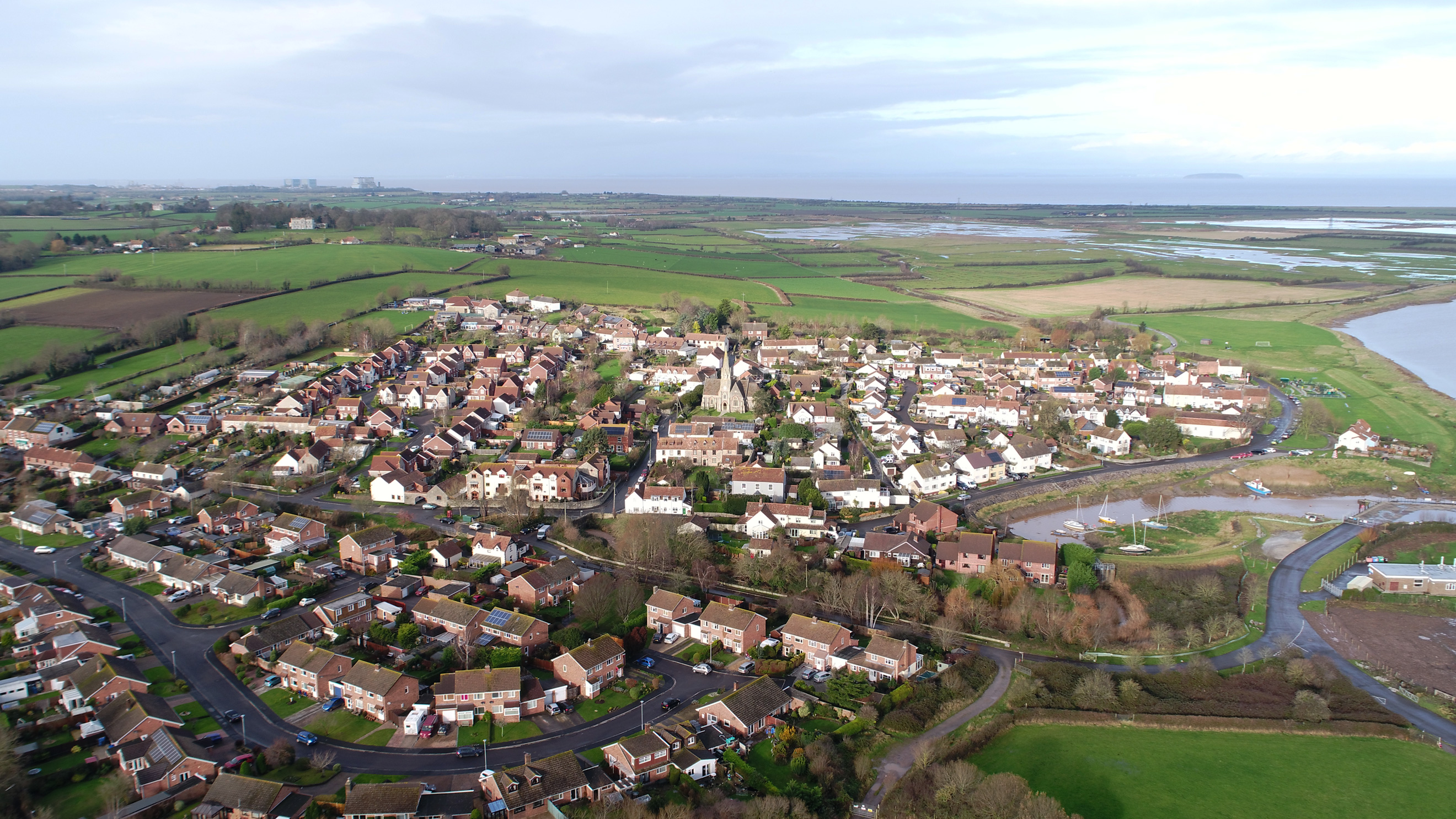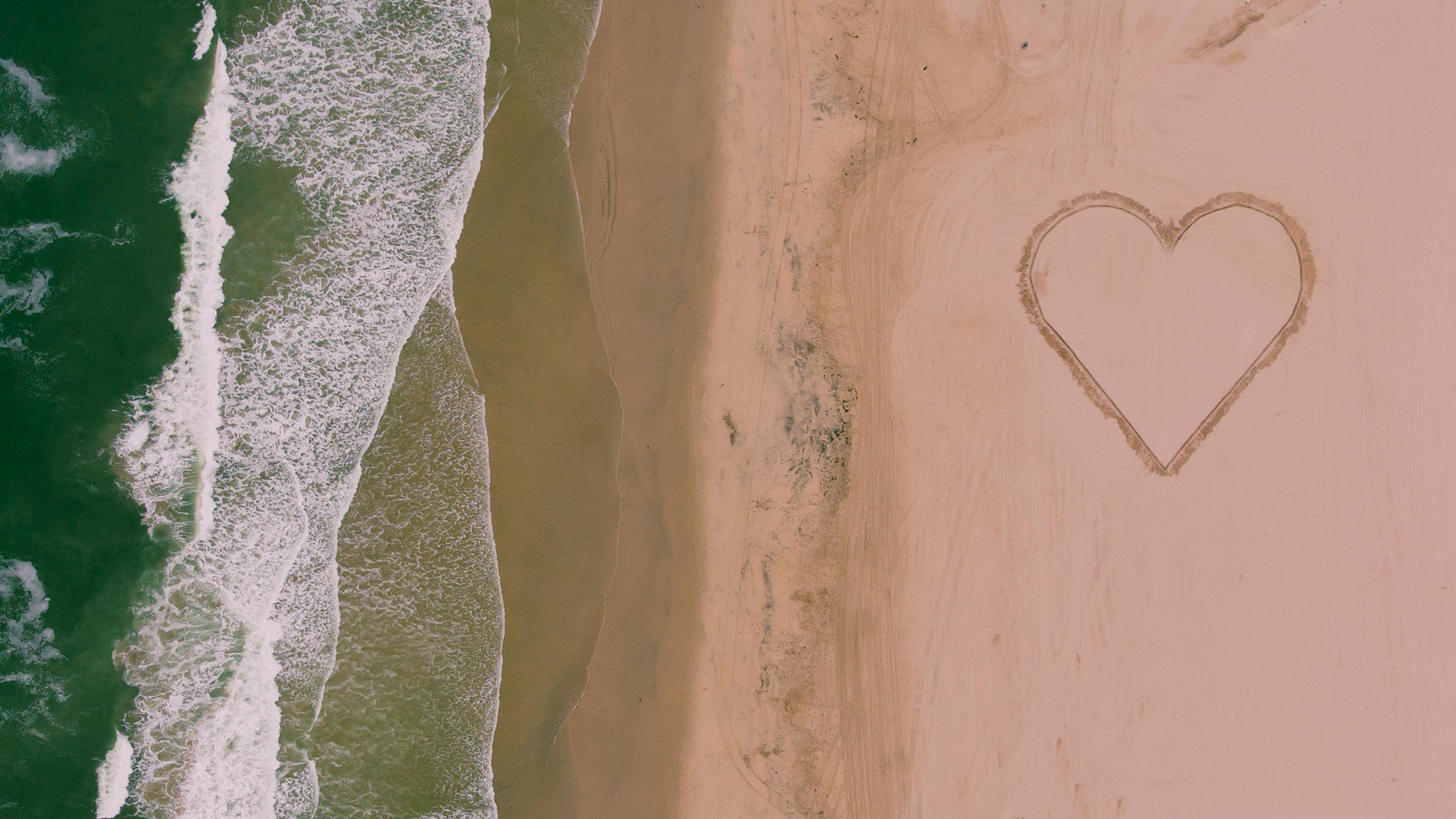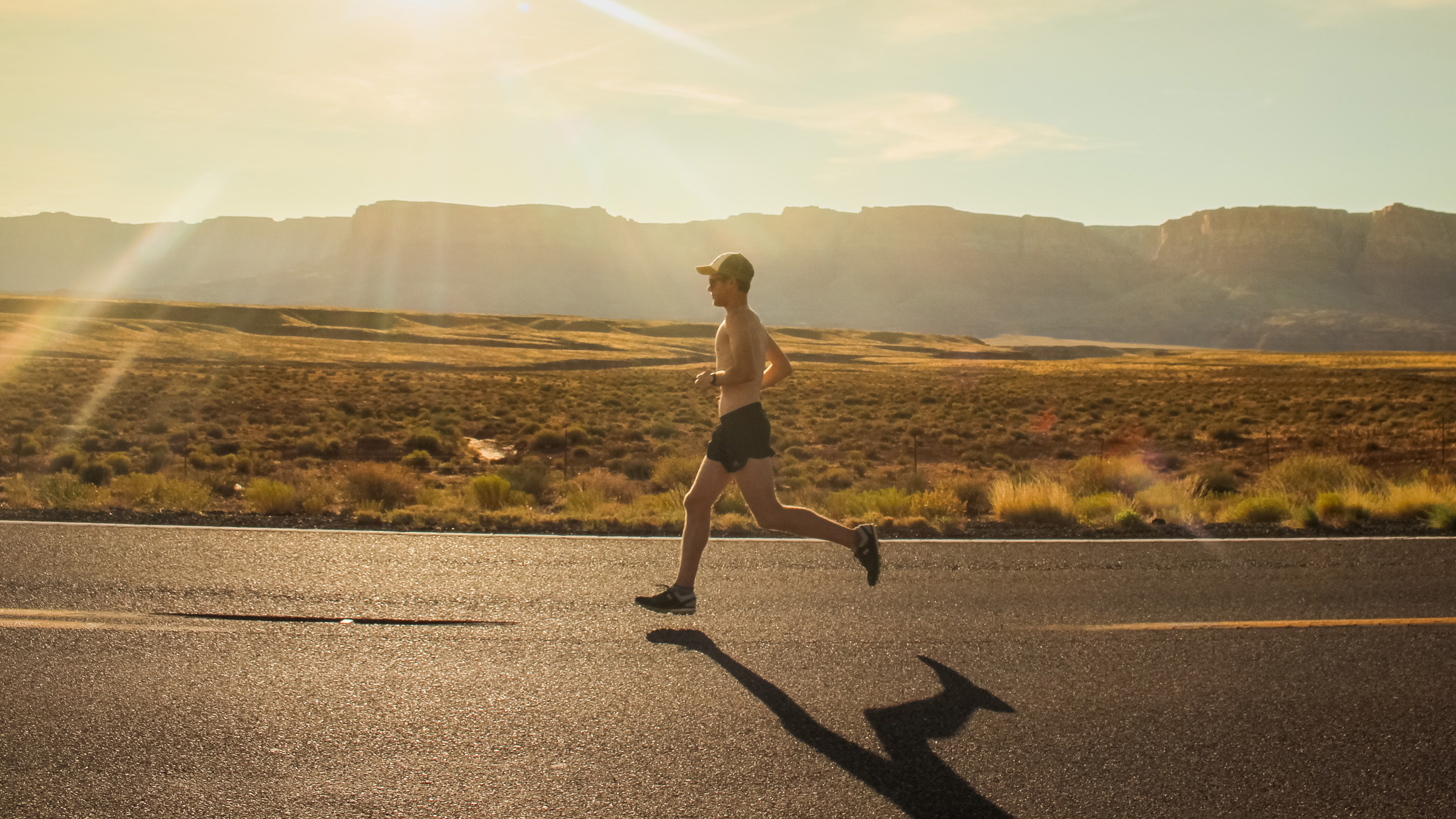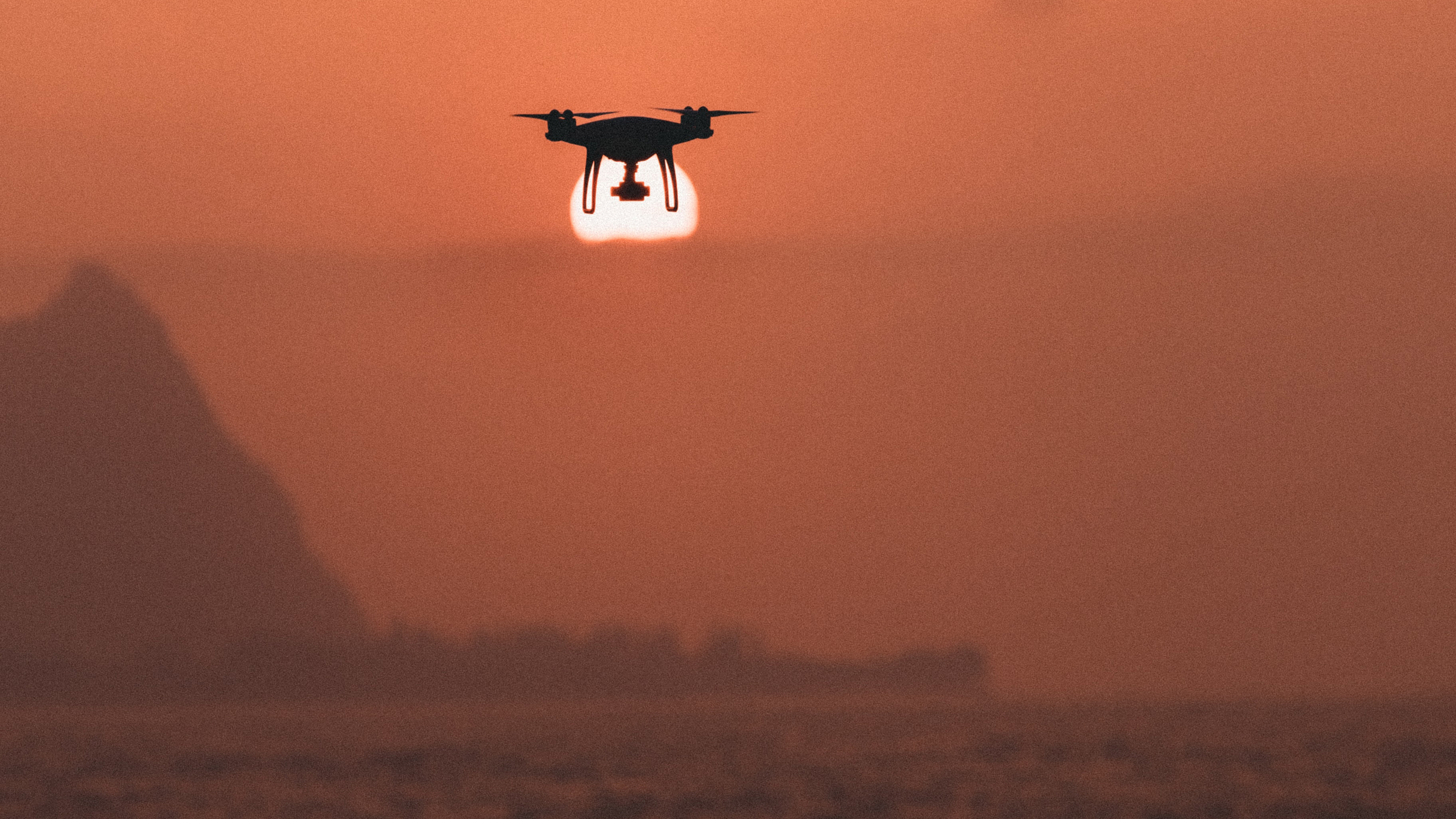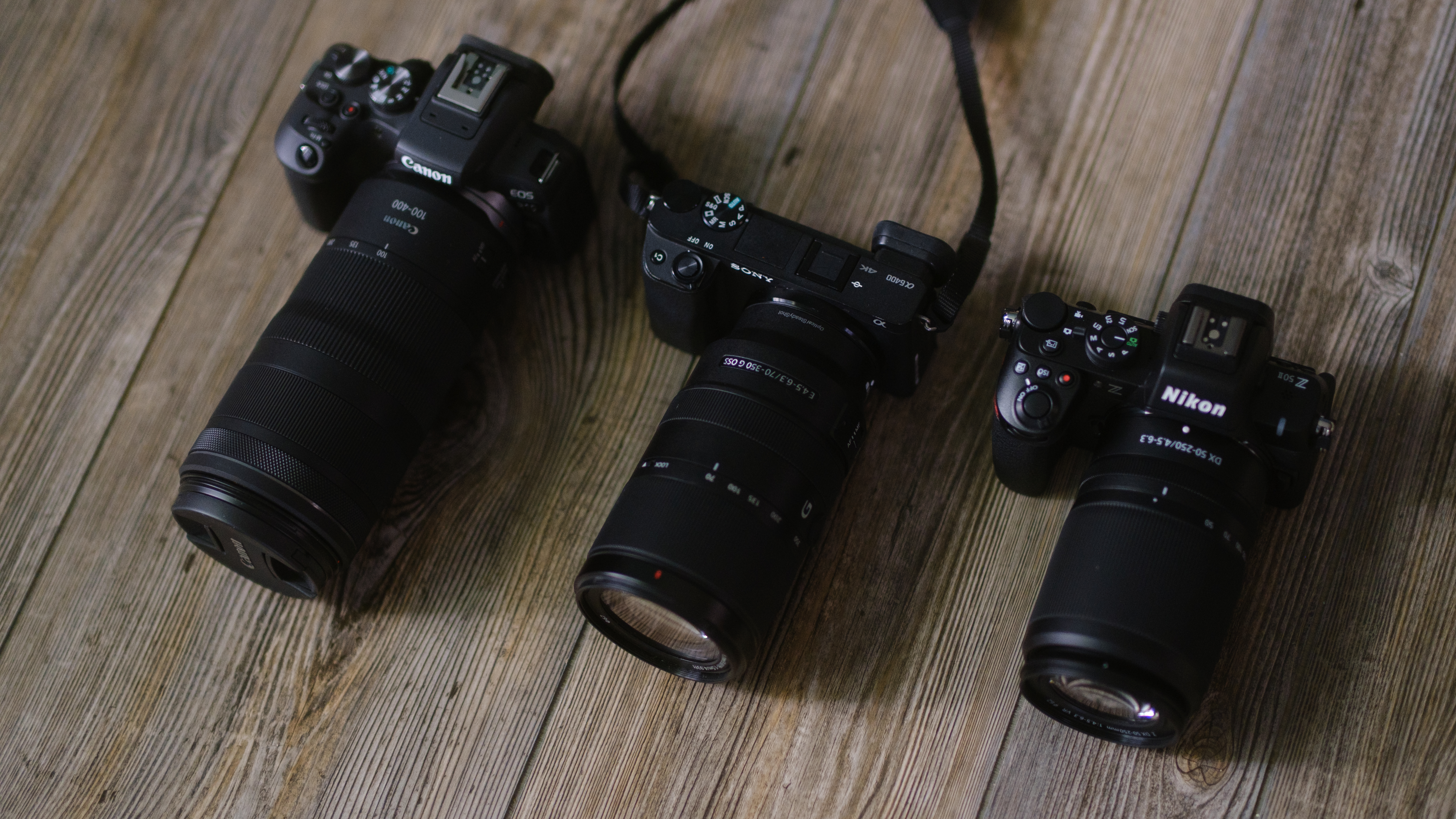10 things to do with your new camera drone (and 1 not to do!)
If you’ve got a new drone, congrats! Here are 10 tips to explore the skies (and still have a drone by the end of the day)
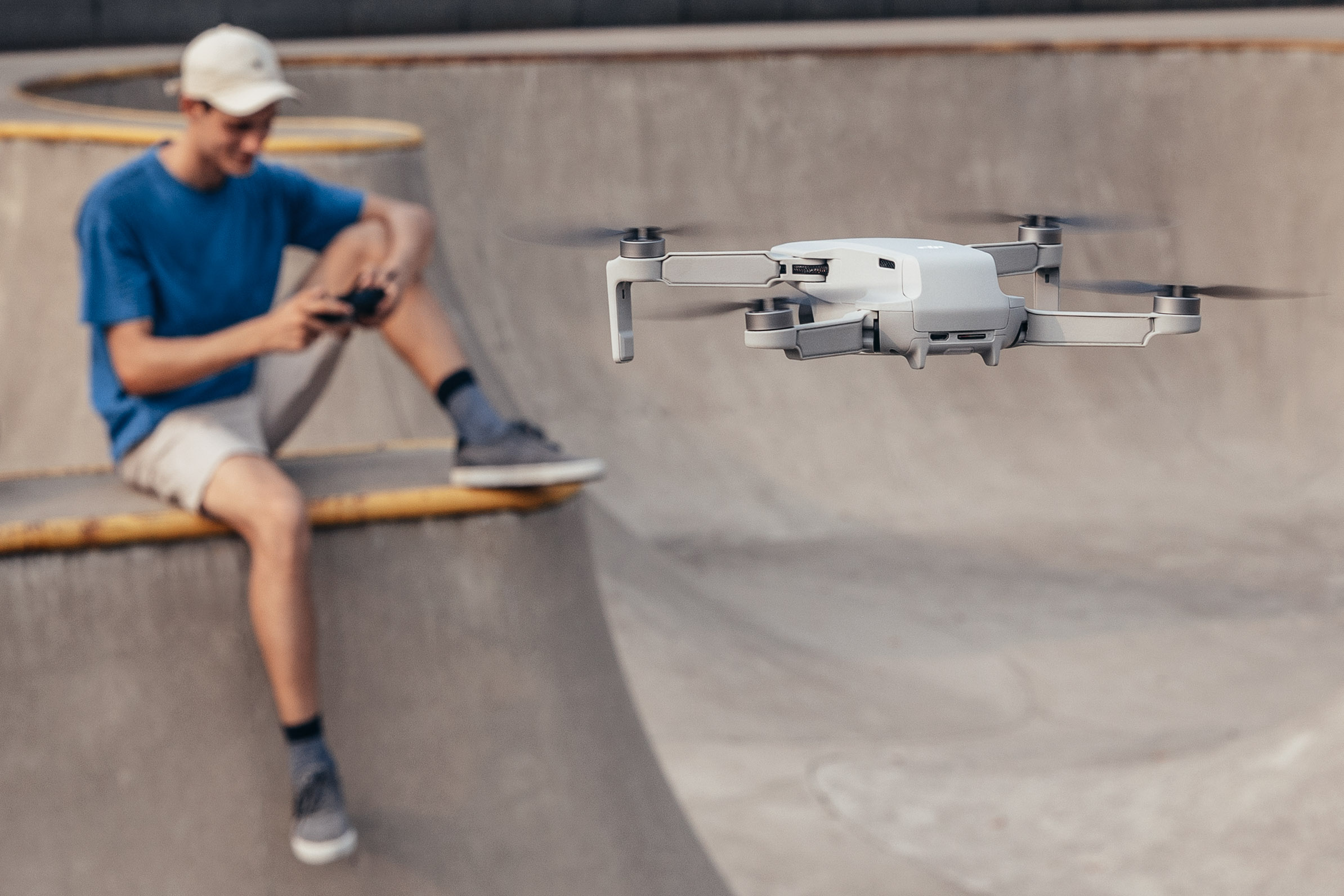
A camera drone – or aircraft as it should properly be thought of – brings together the successes in a number of technical fields; shrinking cameras, faster electronic control systems and more accurate GPS and accelerometers. We can also thank the enormous volumes of the phone industry, which has provided not only control and display devices, but has done much to make the prices of these components palatable, too.
Anyway, here are a list of things to do with your brand new drone – one you can even get started with while the batteries are still charging…
1: Find the regulations (and register if necessary)
Killjoys? Us? Not a bit of it. Far better to check the weight and, if you need to, sign up via the straightforward online forms put in place by the FAA (in the USA), the CAA (UK) or equivalent bodies than find yourself in much more serious trouble later. There are, of course, very few rules in place to stop people selling drones to people – so don’t assume that because you’ve got the device in your hand you’re legally allowed to fly it (you can buy a car without a license too – you just can’t drive it off the lot).
2: Stick it to them
Piloting a drone won’t be unfamiliar if you’ve played a game using a console joypad; it is a little like acclimatizing to a the UI of a new game. In all other cases (serious non-gamers or those who use other platforms), a remote control can be quite strange at first so take a bit of time to get used to it.
Even if you are instinctively able to adapt to new tech, look on the shoulders for extra buttons or control wheels and remember that this might just be the tip of the iceberg; the app will likely offer many additional functions (including the ability to re-purpose some of these buttons).
3 Practise take-off & landing
By far the easiest way to take off is with the drone on the ground (ideally a mat) in front of you, facing away. That way the controls work naturally – left is left, right is right and pushing the left stick forward will move the drone away from you once aloft. Once you’ve taken off, move around a little and see how close to the same spot you can land without the assistance of Return to Home (RTH); the better you are at this. The advantage of getting this skill drummed into the brain’s pathways is that you’ll gain confidence which will, effectively, buy you a longer flight because you’ll know what you can do with the final minutes of battery.
On which subject – and we do say this a lot – get a drone landing pad. Drones tend not to hold the lens too far above grass blades or dust and sand (which will move fast at take-off), so a fold-out landing pad is more useful than you might imagine. It can also provide a handy reminder of where you took off from, should you need to resort to RTH.
The best camera deals, reviews, product advice, and unmissable photography news, direct to your inbox!
4: Find a flying field
If you live in a busy urban area, and have found yourself with anything above a toy-class drone, you’ll likely find that opportunities to use it are limited by disappointing but understandable safety regulations (not to mention a good many more irksome nimby campaigns). Despite all this, some authorities have been forward-looking enough to mark out territories where flying is allowed. In London, for example, there is a marked flying field in the famous Richmond Park and another near Wormwood Scrubs. Locations like these can also be a great place to meet fellow pilots and share piloting tips.
5: Home inspection
OK, not the most exciting thing to do, but once you’re familiar with the controls something which most home-owners could benefit from – but never get – is a quick check of the gutters and roof. Hopefully there won’t be anything to worry about, but if you do catch something early, perhaps that drone will have paid for itself!
6: Look around
First time with a flying camera? Familiarize yourself with the gimbal control which likely allows you to look down as well as forward. One fun angle is the satellite-like straight down view, but don’t discount the possibilities afforded by tilting the lens to your preferred angle.
In some cases the camera can even be turned independently of the drone (on the DJI Mavic 2 – but not Mavic 3 – try swiping the screen), though rotating the aircraft is usually a better solution and less confusing.
7: 3D Mapping
One of the most surprising things you can do with aerial images is generate a digital model, known as photogrammetry. You can use this as a 3D map, or perhaps as the basis of an amazing visual effects sequence. There are numerous tools out there which can examine the metadata from your drone images, which include the camera’s angle and GPS location of the drone, and assemble it to create a pixel cloud (like the computer’s rough 3D sketch). This can be filled in to make a model. You can experiment with some, like Pix4D, for free, while some like OpenDroneMap are free for those familiar with GitHub. . Others offer software which can take over the piloting of your drone to get all the shots they need.
8: Beach Art
Now you can capture pictures from above, why not make them from below (or encourage the kids too) as well? We could discuss the social media marketing possibilities at length or even how it’ll help your children visualize the world from different perspectives, but really it’s just a lot of fun!
9: Follow you (or someone)
Always wondered what you looked like running, or cycling? Now’s the time to find out – if your new drone has person tracking. Get out to a suitably remote location (partly to help the AI, mostly because you don’t want to trouble others) and put on the speed. Not only does this produce footage which makes you feel like the star of a televised athletic event, but it’ll also be a useful way to build an appreciation for the limits of the drone’s AI. Of course it might be a little more responsible to follow another subject.
10: FPV speed
Sometimes going fast is the only solution, so once you’ve had a few practice flights, be prepared to unleash the horses and see how fast things can go. If you have the option, try this first in Normal, then in Sport modes. DJI drones offer an FPV mode in their camera settings which stops the camera from attempting to maintain a horizontal image as you make sharper turns and lets you shoot more dramatic race-like video which emphasizes the motion. This is a reference to the fixed cameras of FPV racing drones, rather than the more general use of the term to describe all drones with cameras feeding back to screens.
And… DON’T test the quoted range
Really. The first time might be the last. It’s not worth it. Just because the drone’s specs mention something about a range of five or ten miles from where you take off, really doesn’t mean it can or should. For one thing, few countries allow you to fly beyond what is called Visual Line of Sight (VLoS), meaning you must be able to see your drone at all times, typically considered to be 500m (a third of a mile).
More importantly, this is invariably a perfect conditions figure, giving an indication of the strength of the radio signal with no interference. In reality things will be an order of magnitude beneath it, and if you find you’ve flown beyond the point you can see what the drone can see – and by extension don’t know if you even have control any more – things are pretty worrying to say the least. Imaging stabbing at the RTH button on a blank or glitching screen, the breeze taking your drone ever further away knowing you could also be in trouble with the Feds…
Read more:
• Best camera drones
• Best drones for beginners
• Best cheap drones
• Drone rules: US, UK and beyond
• Best underwater drones
• Best drone accessories
• Best drones for kids
• Best FPV drones
• Best indoor drones for fun

With over 20 years of expertise as a tech journalist, Adam brings a wealth of knowledge across a vast number of product categories, including timelapse cameras, home security cameras, NVR cameras, photography books, webcams, 3D printers and 3D scanners, borescopes, radar detectors… and, above all, drones.
Adam is our resident expert on all aspects of camera drones and drone photography, from buying guides on the best choices for aerial photographers of all ability levels to the latest rules and regulations on piloting drones.
He is the author of a number of books including The Complete Guide to Drones, The Smart Smart Home Handbook, 101 Tips for DSLR Video and The Drone Pilot's Handbook.
